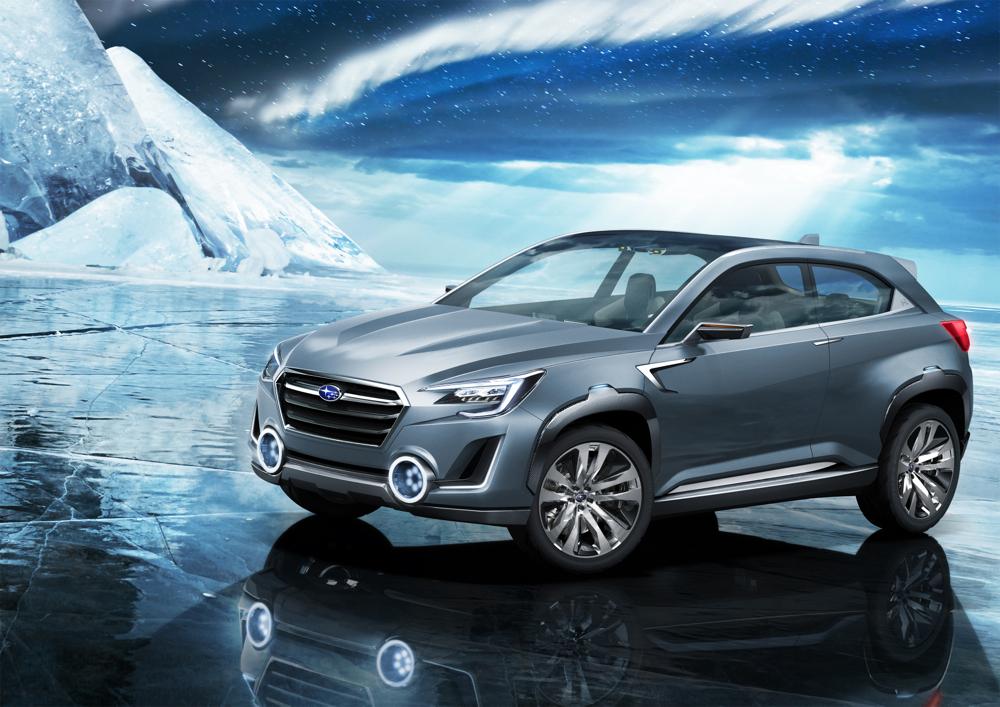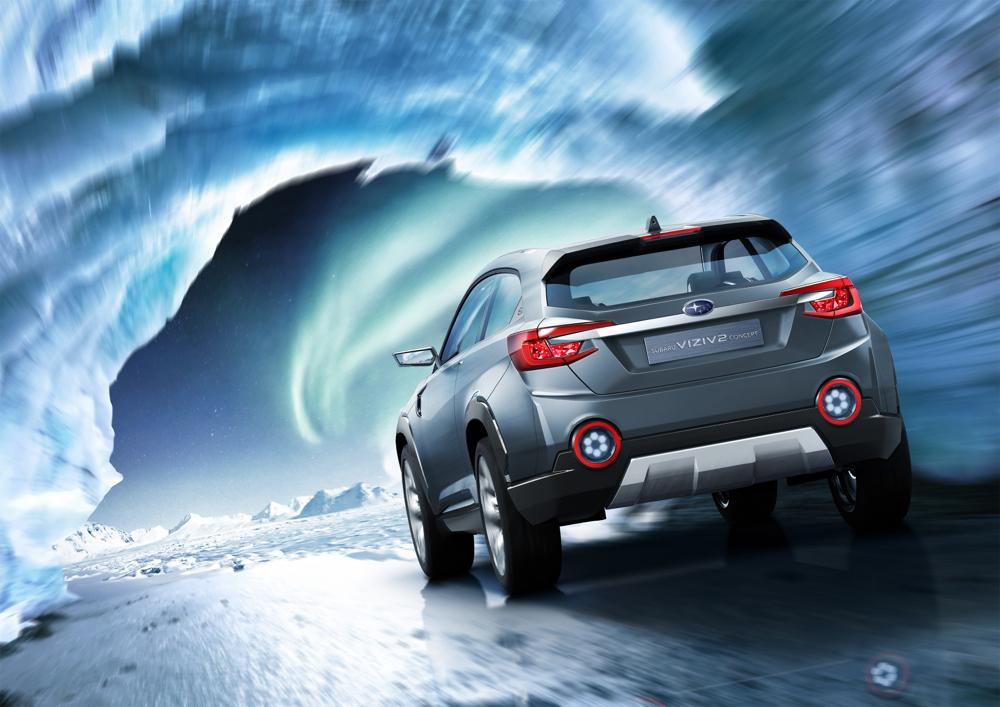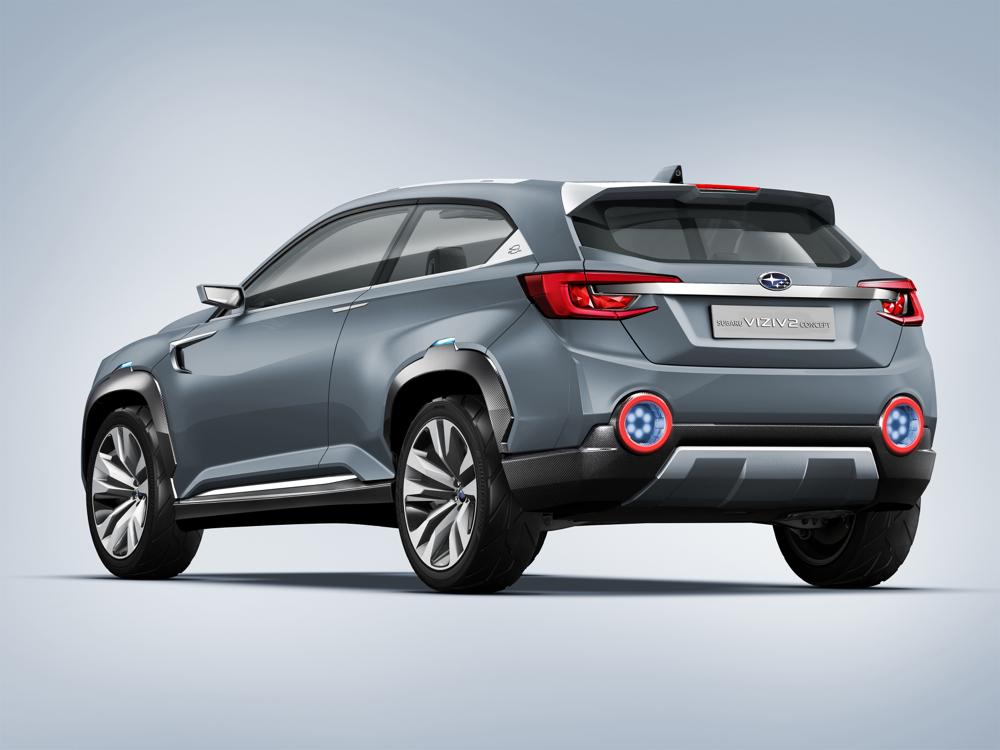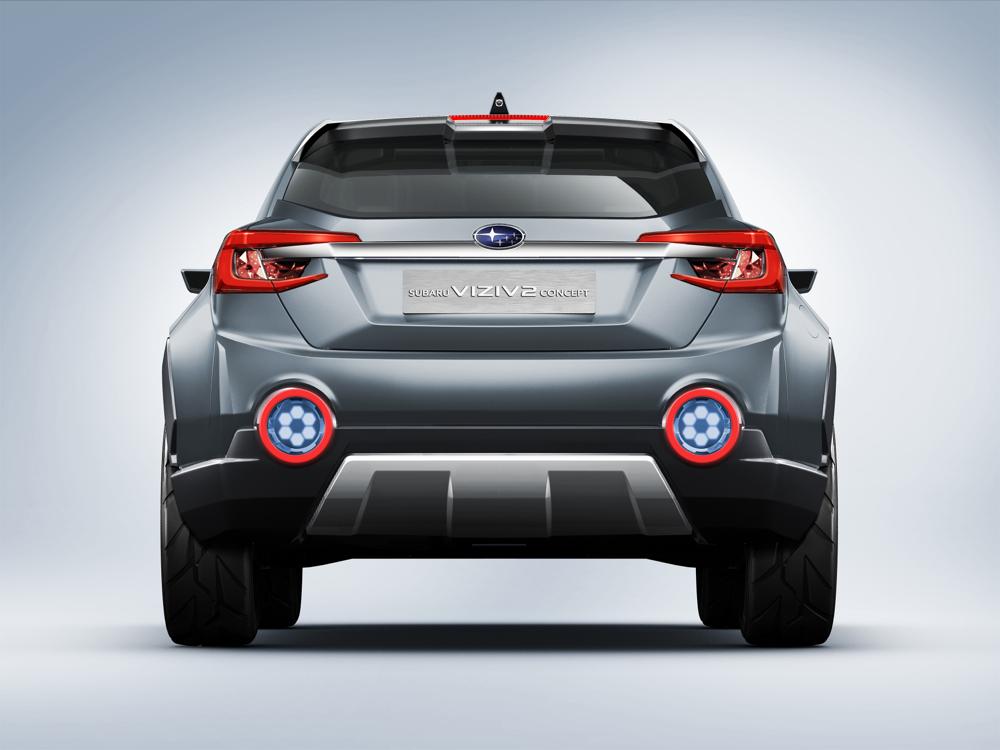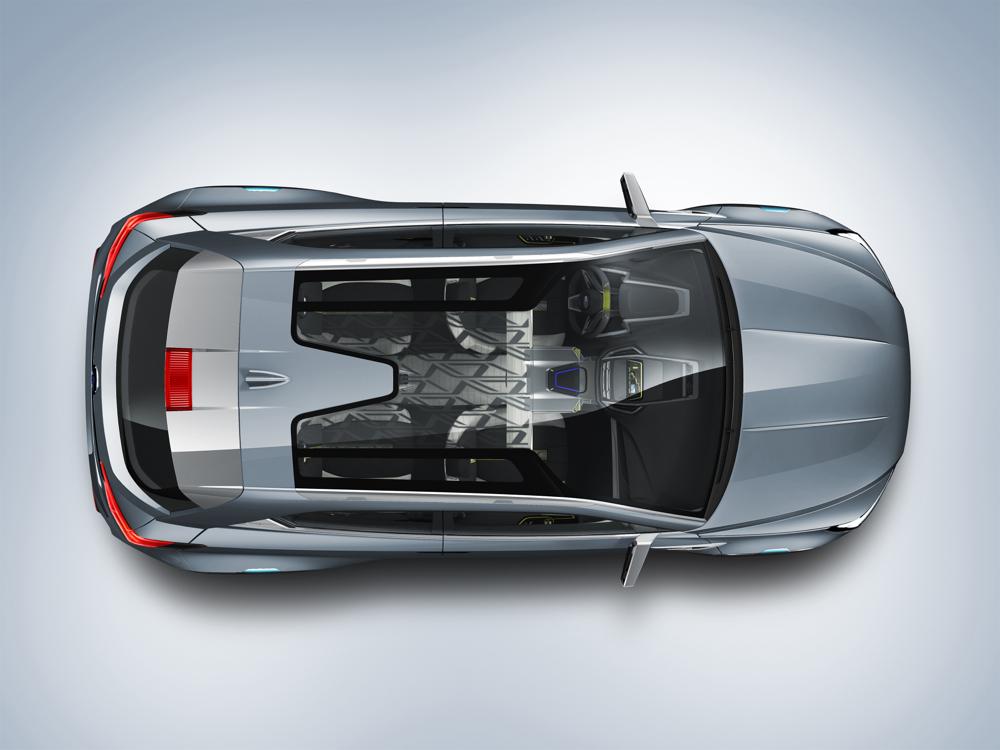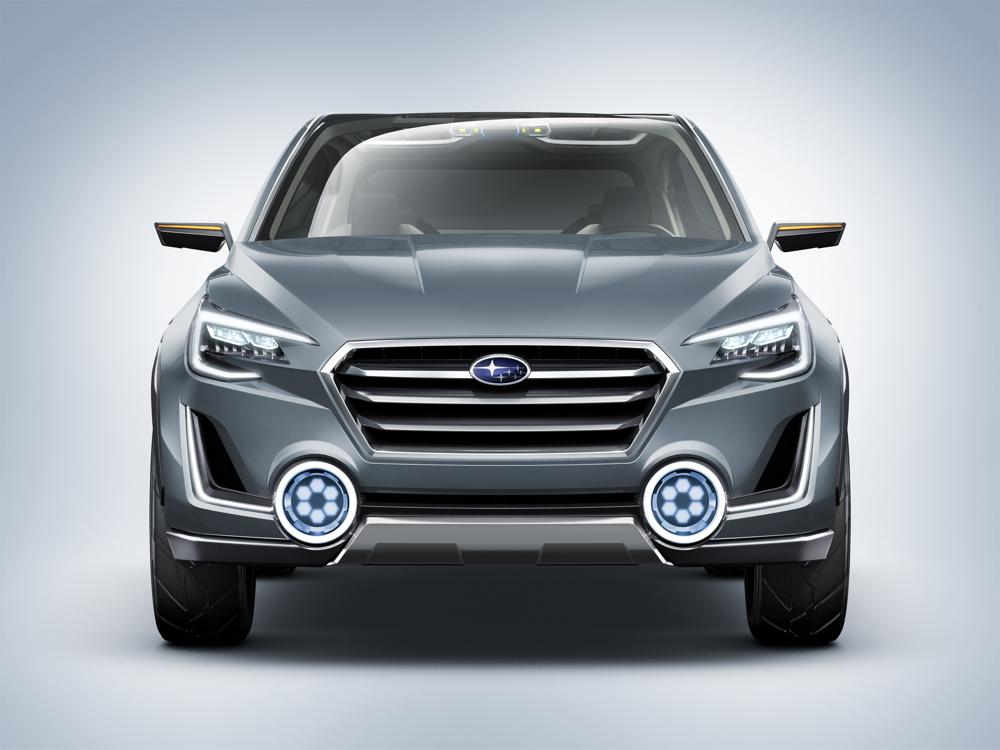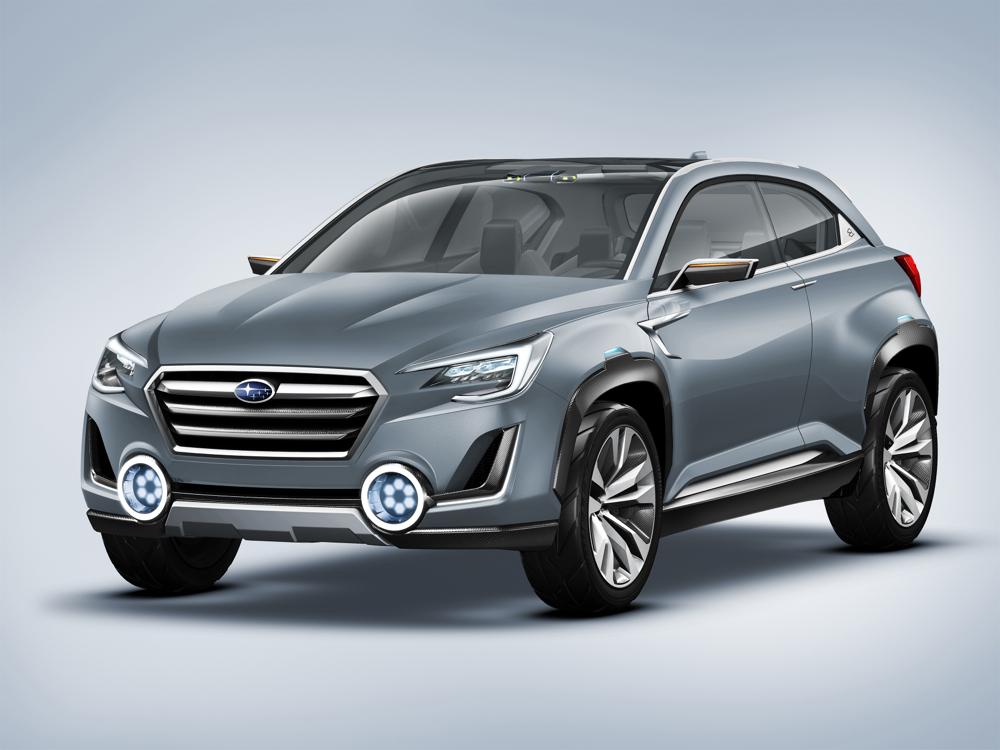Subaru recently appointed a new president. His name is Tomomi Nakamura and during a press conference to commemorate his new position, Nakamura revealed a new five-year business plan hot off the press. The plan is to focus on boosting Subaru’s already credible and sizable market share in the United States while upping overall global sales by at least 18 percent, all in an effort to increase profitability and investment capital available to pursue next-generation research and development.
Part of that booster plan also includes upping efforts to implement semi-autonomous and autonomous driving technology in Subaru’s future models. The company also pledged to introduce more hybridized vehicles as the company seeks to shift toward electrified powertrains. And according to Nakamura, it all begins with the decision-making up top.
“We are committed to changing the corporate culture,” Nakamura told AutomotiveNews. “The automotive industry is now in a tumultuous time. Subaru’s fast growth in recent years has come to highlight our challenges,” Nakamura continued in his interview. “The question is how we, as a small-scale company, will be able to survive in this big-changing area.”
Subaru’s new plan stretches out its timeline through March 31, 2026. By then the company hopes to have the following:
A new hybrid vehicle
Subaru is admittedly a very small car company, especially when compared to such giants as Toyota and Honda. Because of its small stature and relatively limited resources, it hasn’t really been able to churn out a competitive hybrid model that challenges the likes of the Toyota Prius and the Honda Insight. But the company hopes to change this by the beginning of the 2020s.
A new “global strategic SUV”
Subaru recently introduced a new SUV called the Ascent, which just began hitting local dealers. However, despite being built on the company’s latest “global platform,” it’s only intended for the SUV-loving United States. Subaru hopes to change that since the SUV boom, particularly with crossovers, isn’t just limited to the U.S. Instead, the company wants to have an SUV that it can sell in all markets, especially in China, where crossover SUVs are just as popular as they are here.
Cars offering Level 2 autonomous highway driving
While its cars are quite popular, Subaru realizes that they are a bit behind the curve when it comes to drive assistance aids that have become increasingly popular in mainstream vehicles. To change that, Subaru pledged to invest more resources into the development of Level 2 autonomous driving systems for highway driving. It hopes to offer up to Level 4 autonomous driving systems by 2024.
An expanded STI sport line for all of its models
Yup, you read that correctly. Subaru’s beloved STI sport line that brings us the fun stuff like the world-famous and iconic Impreza STI, will be gaining some more family members over the years as we go into the 2020s. No specifics are available there, but we already like the sound of a Legacy STI or for once, an STI version of the next-generation BRZ.
A new “Dynamic X Solid” corporate design language
Over the course of the next few years, Subaru plans to say goodbye to its outgoing design language in favor of its new “Dynamic X Solid” theme. It was first previewed by the VIZIV 2 Concept, with cues showing up in the latest Ascent crossover.
Vehicle interconnectivity in the U.S.
Last but not least, Subaru wants to increase the ability of its cars to talk with others, in order to improve traffic safety and the accuracy of incident reports. Vehicle interconnectivity basically allows for various data streams between vehicles, allowing them to “talk to each other,” to potentially avoid future accidents and to more accurately report real-time traffic situations.
Editors' Recommendations
- 2025 Hyundai Tucson Plug-In Hybrid gets improved tech features
- An autonomous car in San Francisco got stuck in wet concrete
- Autonomous cars confused by San Francisco’s fog
- A weird thing just happened with a fleet of autonomous cars
- 2022 Toyota Tundra hybrid first drive review: New dog, old tricks
